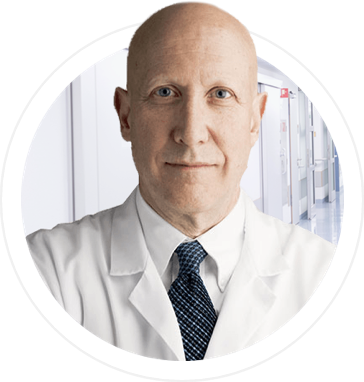The first recorded use of acupuncture was around 100 BCE. Since this time, acupuncture has been a critical tool in the fight against pain and other medical conditions for thousands of years. Acupuncture continues to grow in popularity in the West, especially as more and more people abandon opiates and prescription drugs for alternative therapy options. Historically, doctors have been reluctant to prescribe acupuncture, but this is likely to change as more medical professionals become aware of its many health benefits. The mainstream opinion of the public is also becoming more accepting as the number of acupuncture clinics grow in communities across the country.
How does acupuncture differ from western medicine?
Acupuncture is a form of traditional Chinese medicine. Unlike western medicine, traditional Chinese medicine relies on holistic healing. It’s a whole body approach, and its practitioners use natural remedies, tai chi, and thousands of years of medical knowledge to lessen the painful symptoms associated with different illnesses. Western doctors split the human body into parts and regions. They’re more focused on evidence based practices than loosely defined energy systems. However, this is not to say that acupuncture is ineffective. Many patients report significant relief from chronic pain after acupuncture.
Western doctors focus more on tests, pharmaceuticals, and procedures. Western medicine is also more reliant on pharmacology and technology than those who practice traditional Chinese medicine. Doctors in the United States order x-rays, MRIs, CT scans, and a number of other tests to determine the cause of illnesses. Traditional Chinese medicine focuses less on machines and more on people. Those who follow this school of medicine rely more on the body’s natural ability to heal itself and fight off disease. Western medicine acknowledges that this is important, but doctors also don’t hesitate to implement modern technology when natural remedies don’t work.
Traditional Chinese medicine looks to nature to alleviate the symptoms of illness. They prescribe teas, extracts, and liquids made from plants, minerals, and animal products. Those who study traditional Chinese medicine are as much alternative medical experts as they are historians. They look to the past for answers and use tried and trusted therapies and herbal remedies to help their patients.
Who is acupuncture for?
Acupuncture has many applications and is used to provide relief for pain, to help with digestion, and to fight off anxiety. Patients with chronic pain claim acupuncture provides relief where drugs cannot ease their symptoms, and patients with depression also champion that acupuncture helps to control their symptoms. Acupuncture is also used to lessen the painful symptoms of many common medical conditions, including:
- Lower back pain
- Arthritis
- Carpal tunnel
- Digestive disorders
- Anxiety and depression
- Nerve pain
What does science say about acupuncture?
The science behind acupuncture is strong in some areas but weak in others. It continues to be widely used for chronic pain, and studies support its use in this area of medicine. However, doctors are less confident about acupuncture’s ability to remedy the painful symptoms of arthritis. Some studies have shown that acupuncture may be an effective alternative to Prozac for controlling some symptoms linked to depression. Despite this, doctors are only now starting to use acupuncture to lessen the negative symptoms of mental health conditions. It’s been shown to be more effective than placebos, but it’s unlikely to replace drugs or traditional therapies most commonly used in the U.S. Today, scientists and doctors in the West continue to consider acupuncture as alternative medicine.
What is acupuncture and what does it entail?
When you visit an acupuncture clinic for the first time, you’ll receive an acupuncture diagnosis. This entails the acupuncturist examining your body and taking note of areas where you express weakness or pain. Using this information, the acupuncturist develops a therapy plan. The duration of the first visit takes approximately one hour.
After the initial appointment, you will begin your therapy plan. Therapy plans usually require a patient to attend weekly or bi-weekly sessions with an acupuncturist who will apply acupuncture techniques to help alleviate symptoms. Most patients complete six to eight sessions, but you could be prescribed as many as twenty or more if you suffer from chronic pain. Most sessions last thirty minutes. The expert uses five to twenty needles and applies them to acupuncture points on your skin. After the needles are inserted, you rest for twenty-thirty minutes before removing the needles. It’s safe, efficient, and relatively painless.
Miami acupuncture consulting services
Residents of Miami have many choices when they need acupuncture. If you live in or around the city, ask around for trusted, reliable clinics near you. Go online, read reviews, and set-up your first appointment.
You don’t have to live another day in pain. Alternative medicine doesn’t have to be scary. Open your mind and give holistic healing a try. Boost your holistic health and find holistic acupuncture in Miami.






